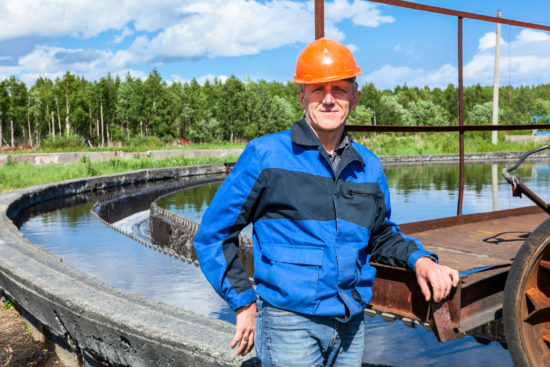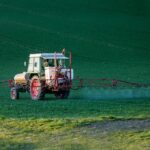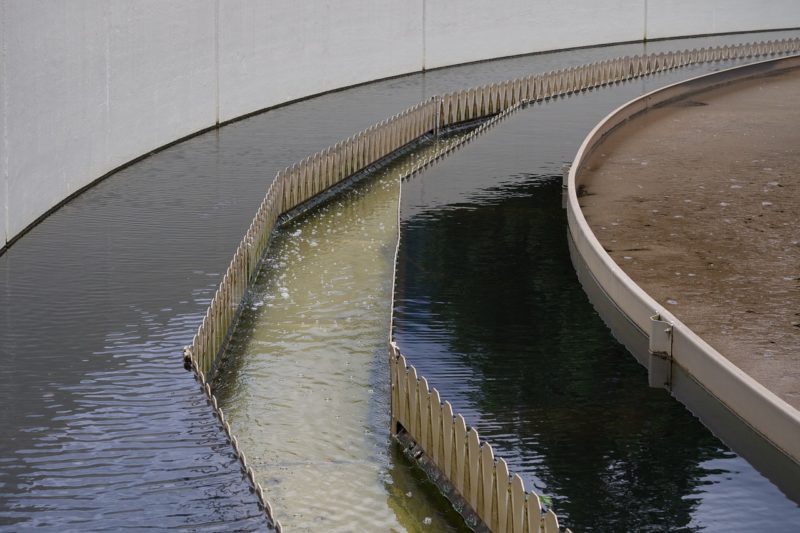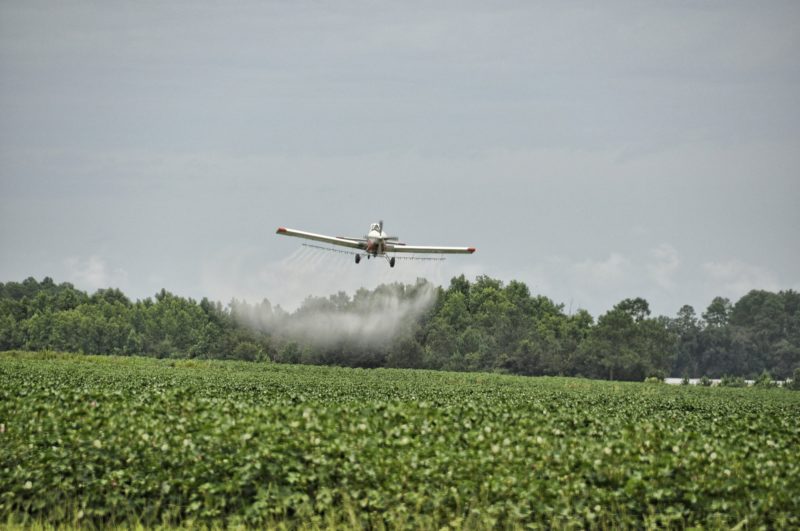Clean Environment

Antimicrobial resistance (AMR)
AMR develops when bacteria, fungi or viruses are exposed to antibiotics, antifungals or antivirals. As a result, the antimicrobials become ineffective and infections may persist. In addition, medical interventions including surgery, chemotherapy and stem cell therapy may become impossible.
AMR is considered the biggest global threat of Health and Food Safety.
AMR Insights:
For Environmental experts, officials and other professionals who wish to prevent the further spreading of Antimicrobial resistance, AMR Insights offers selected, global information and data, specific education and extensive networking and partnering opportunities.
AMR Insights is for:
- Environmental Researchers at universities and research institutes
- Environmental Experts at research and consultancy firms
- Labtechnicians at environmental quality laboratories
- Senior officials at national authorities and regulatory authorities staff
- Environmental Experts at drinking water, sewage and soil remediation companies
Latest Topics
-
 04 December 2025
04 December 2025Distribution and antibiotic resistance patterns of airborne staphylococci in urban environments of Delhi, India
This study investigates airborne Staphylococcus species across urban environments in Delhi and reveals that antibiotic-resistant bacteria (ARB) and resistance genes (ARGs) are widely present in the city’s outdoor air. The researchers collected air samples from multiple high-traffic and residential locations and found diverse Staphylococcus strains, including S. aureus and coagulase-negative species, many of which showed […]
Read more... -
 04 December 2025
04 December 2025Role of Trace Elements in Antimicrobial Resistance Dynamics
Agricultural systems increasingly accumulate nonantibiotic pollutants—such as metals from fertilizers, pesticides, and animal waste, as well as engineered nanoparticles—that exert long-term selective pressure on soil and aquatic microbiomes. These stressors reshape microbial communities and accelerate the horizontal transfer of antibiotic resistance genes via conjugation, transformation, transduction and membrane-vesicle transport. Notably, sub-lethal nanoparticle exposure can even […]
Read more... -
 03 December 2025
03 December 2025A One Health approach to fight waterborne antimicrobial resistance in India
Water is a major but often overlooked driver of antimicrobial resistance (AMR) in India, acting as a reservoir and transmission route for antibiotic residues, resistant bacteria and resistance genes from hospitals, households, farms and pharmaceutical industries. Because only a small share of wastewater is treated, rivers and groundwater become contaminated, accelerating the spread of resistance […]
Read more...
More news related to Clean environment





